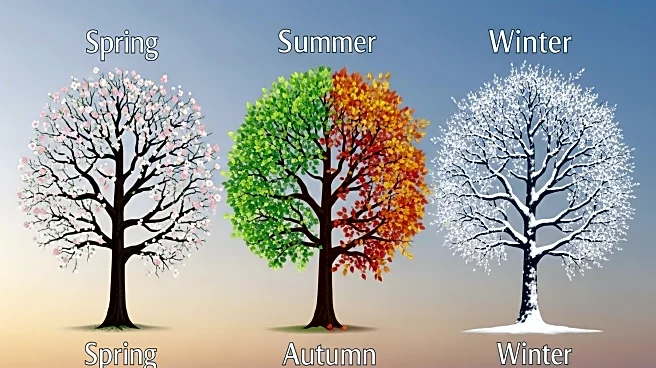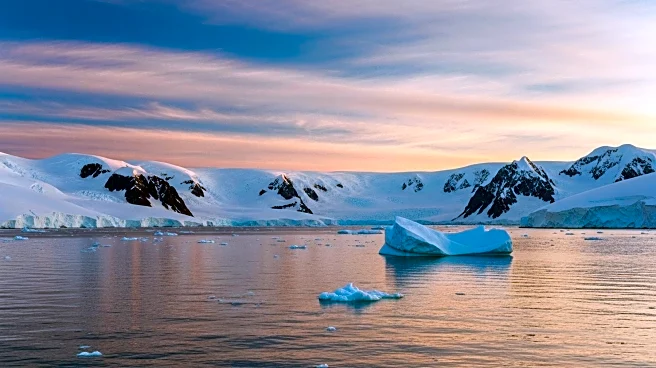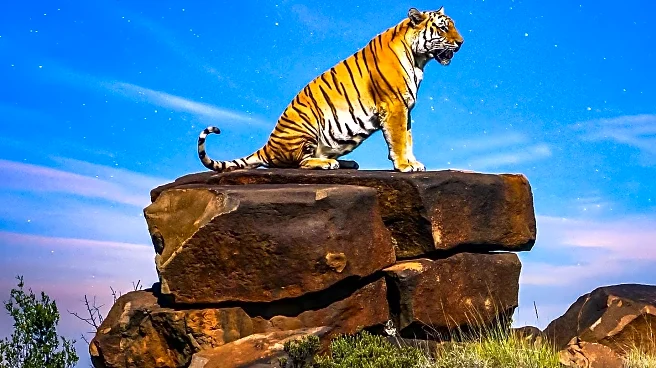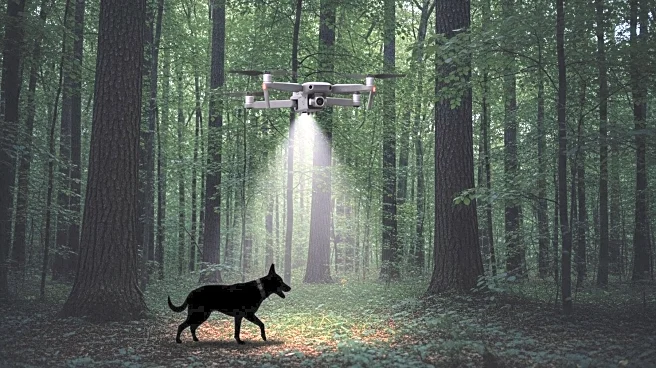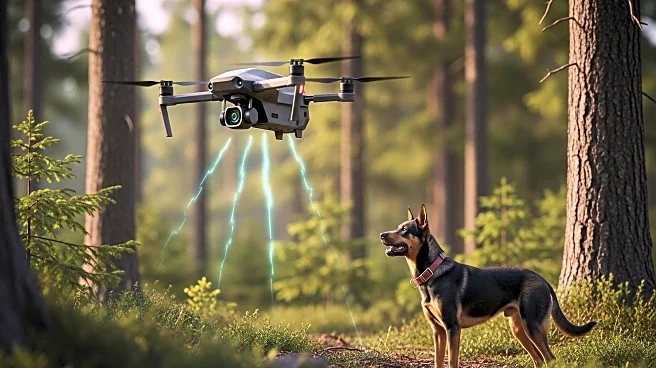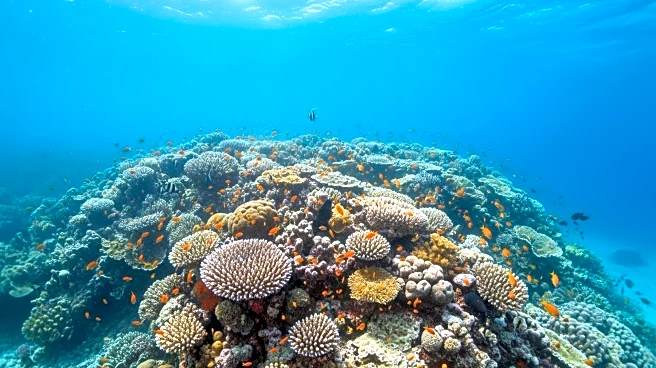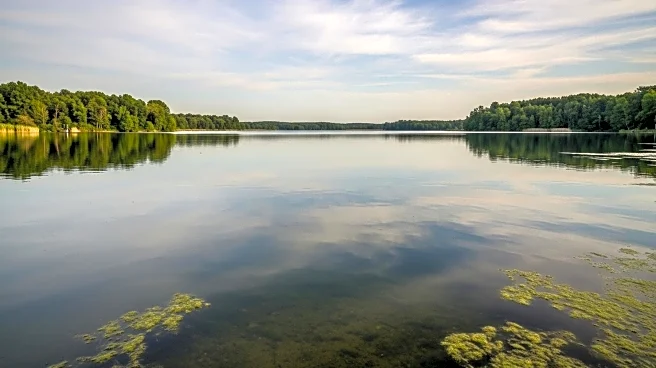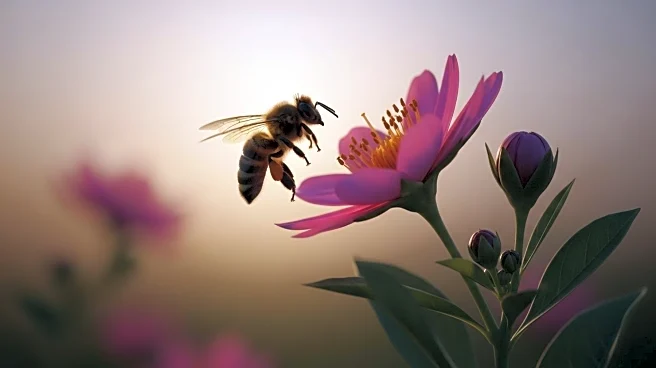What is the story about?
What's Happening?
A recent study published in Nature reveals that Earth's seasonal cycles are not as synchronized as previously thought. Using satellite imagery, researchers have mapped the timing of plant growth cycles globally, uncovering 'hotspots' of seasonal asynchrony. These regions, such as Mediterranean climates and tropical mountains, exhibit significant variations in seasonal timing over short distances. The study highlights how these differences can impact ecological and evolutionary processes, potentially affecting biodiversity and species distribution.
Why It's Important?
The discovery of out-of-sync seasonal cycles has profound implications for understanding biodiversity and ecosystem dynamics. Regions with asynchronous seasons may foster unique ecological conditions that influence species' reproductive cycles and genetic divergence. This could lead to increased biodiversity in these areas. Additionally, understanding these patterns is crucial for predicting the impacts of climate change on ecosystems and agriculture, as well as for managing natural resources and conservation efforts.
What's Next?
Further research is needed to explore the ecological and evolutionary consequences of these findings. Scientists aim to investigate how asynchronous seasonal cycles affect species interactions and genetic diversity. This knowledge could inform conservation strategies and help predict changes in biodiversity due to climate change. Additionally, the study's insights into agricultural cycles could aid in optimizing crop management and improving food security in affected regions.
Beyond the Headlines
The study's findings may also have implications for human activities, such as agriculture and resource management. Understanding the timing of plant growth cycles can help optimize agricultural practices and improve yields. Moreover, the research underscores the importance of satellite technology in monitoring environmental changes and guiding policy decisions related to climate adaptation and biodiversity conservation.
AI Generated Content
Do you find this article useful?
